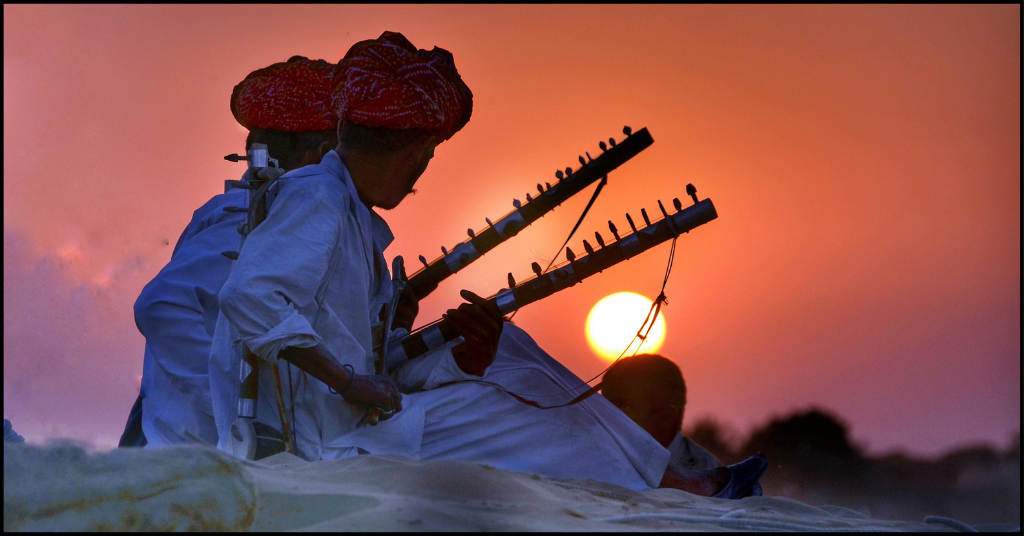Here is what you need to know about Classical Music from different parts of the world.

No, this blog is not just about Indian Classical music. We are going to discuss classical music that is rooted in the traditions of India, Sri Lanka, the Western Culture, Bangladesh, Pakistan, etc.
Does your child love to sing? Don’t you think, as a parent, you must encourage your child? The best way to enhance the range of singing and to attain perfection is through learning classical music and then practicing it until you attain perfection and even after that.
Related Article: Benefits of Playing Piano for Kids – Explore Piano Classes!
Though Indian classical music is a great way to attain perfection, if your child is confused and wishes to try other forms of music, you must tell your child about classical music that originated in different parts of the world. You can easily enroll your children at PiggyRide so they can attend classical music classes as per their preferences.

In order to learn Classical music, it is very important for your child to get a basic understanding of the different music styles and their history. So, in this blog, we will share all the facts you need to know regarding these popular forms of music that are still loved and appreciated by many enthusiasts. Let’s begin:
What is Classical Music?
Classical music is the form of music that is usually related to western culture. However, this phenomenon may vary from country to country. For example, in countries like India and Sri Lanka, classical music is associated with Carnatic music.
The History of Indian Classical Music
Indian Classical music is divided into two sub-genres namely, Carnatic music and Hindustani music. The style of music that was greatly affected by the Islamic and Persian influence developed a new essence and was known as Hindustani music. This form of music is prevalent in Pakistan and Bangladesh as well because these countries were a part of the Indian Subcontinent before independence.
Related Article: Top 7 Benefits of Learning Carnatic Vocal Music For Kids
Whereas, the form of music that remained untouched by the foreign influence was called Carnatic or Karnatik music. This form of music is particularly the pride of South India and Sri Lanka. If you are seeking classical music for beginners, Carnatic music is considered to be the best.
Both the genres of Indian classical music mainly focus on vocal singing. Though the singer is aided with musical instruments, there is an emphasis on singing.
The History of Western Classical Music
The fall of the Western Roman Empire gave birth to Western Classical music in Europe. It began in the late 5th century CE and is prominent even today. We can say that western classical music is actually a refinement of western folk music or popular music traditions.

European classical music encompasses a wide range of styles beginning with medieval chants sung by monks to orchestra symphonies and even avant-garde atonal compositions. Due to its wide range, it is among the top choices as classical music for kids. Western Classical music is basically divided into the following time zones:
Early music period
This period enfolds the music belonging to the Medieval Era (from 500 to 1400) and Renaissance Era (from 1400 to 1600).
The Common Practice Period
This period includes music belonging to the Baroque Era (from 1600 to 1750), the Classical Era (from 1750 to 1820), and the Romantic Era (from 1820 to 1910).
The History of Chinese Classical Music
Chinese classical music spans a time period of 5,000 years. The main idea behind this form of music was to use 8 different materials to create different elements in the instrument in such a way the music originating from it evokes balance between different aspects of nature.
The practice of traditional classification of the instruments was called “pa yin” or “eight sounds”. The instruments used to create music included:
- Bronze bells
- Stone chimes
- Ocarinas
- Panpipes
- Drums
- Zithers
- P’i-p’a (a four-stringed fretted lute)
Now, you sit with your child and try to have a clear conversation to understand which classical music appeals to your munchkin the most. Once you both have decided which one is the best for your child, you can enroll your kid in live classical music classes by PiggyRide.


Leave a Reply